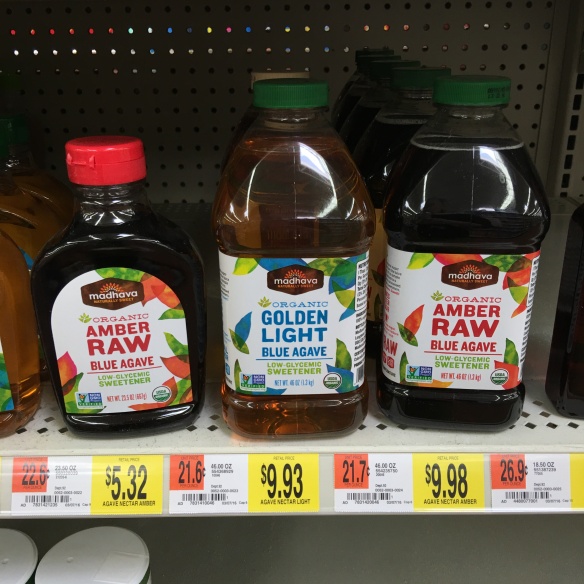The Little Hippie House had a couple of mature loquat trees on it when we moved in, and we have since planted nine other fruit trees on the property. The rest of our trees won’t bear fruit for another couple of years, but the loquats have given me an opportunity to learn how to can my own food. A lifetime of apartment-dwelling had left me without this particular skill, and figuring there’s no time like the present, I jumped right in.
As it happens, loquat jam turns out to be one of the easiest things I could have chosen to start with: loquats are in the same family with apples and pears, and are naturally high in pectin. To make the jam, I literally only needed to add water and sugar and leave it all on the stove for a few hours before running the stick blender through it and pouring into sterilized jars to self-seal as it cooled down! As a bonus, the fruit turns a gorgeous crimson color when cooked, and it tastes like plums. Super-yum.
Not everyone needs to know how to can their own food, but like me, you might be curious about how to preserve food and to control what goes into the things you eat. Or you might have always wanted to learn to do your own oil changes, mend your own clothes, or cook a favorite meal that you usually eat out. Find something this week that you’ve been wanting to learn to do, for yourself and decide to learn it. Like my canning experiment, you might end up having a lot of fun and saving some money in the process!
What money-saving thing have you learned to do recently, or what do you want to learn?














